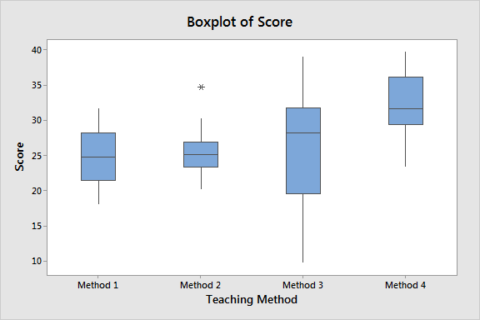Wait, Do Hackers Really Crunch Numbers All Day?
Picture this: I’m on a red-team engagement at a fintech startup. Their CTO brags about “bullet-proof” password storage. One rainbow-table attack later, our report shows 71 % of hashes cracked in under ten minutes—because they skipped the salt. That messy victory? 100 % powered by math.
Rapid-Fire FAQ (Read This Before You Flee to Marketing)
| Question | Honest Answer |
|---|---|
| Is math used daily in cyber security? | Yup—especially modular arithmetic, probability, and basic statistics. |
| Hardest equation I’ll see? | RSA key-gen: n = p × q and φ(n) = (p – 1)(q – 1). But tools do the heavy lifting. |
| Can I succeed with a calculator & Python? | Absolutely. The pros script computations instead of hand-cranking them. |
Where Math Sneaks Into Your Blue-Team Life
Encryption & Decryption
Prime Factorization underpins RSA.
Elliptic-Curve Point Addition feels like alien algebra but delivers shorter keys with stronger punch.
Hash Functions
SHA-256 isn’t magic; it’s bitwise operations, modular adds, and avalanche effect probabilities.Network Traffic Anomaly Detection
Boring? Not when a 2-sigma spike flags a live exfiltration attempt. Remember: σ = √variance.Password-Cracking Economics
Hashcat bench-marks + keyspace permutations = rough expected time-to-crack.Pen-Test Reporting
Risk = Likelihood × Impact. You’ll rank threat probabilities—hello, basic statistics.
Pro Tip: I store a cheat-sheet card in my hoodie pocket with mod-arithmetic rules and common key sizes. Low-tech still rules during on-site audits.
Math Skill Levels by Cyber Role
| Role | Math You’ll Use | My Survive-&-Thrive Tip |
|---|---|---|
| SOC Analyst | Log-rate averages, Z-scores | Let Splunk compute, but know why alerts spike. |
| Malware Reverse Engineer | Bit-shifts, XOR, finite fields | Practice CTF crackmes with a hex editor. |
| Cryptographer | Number theory, group theory | Coffee + “Handbook of Applied Crypto” = weekend sorted. |
“I’m Math-Phobic”—3 Hacks That Saved My Sanity
Visualize It – Draw lattice diagrams for AES rounds; cartoons beat equations.
Code It Twice – First in Python, then in Bash one-liners. Repetition cements concepts.
Teach a Junior – Explaining mod 97 checksums out loud exposes every fuzzy gap.
Mini Case Story: When Probability Foiled a Phish
A bank’s spam filter let 0.4 % of emails through. Stats showed a p-value < 0.05 linking failures to a single sender domain. We tuned Bayesian weights, false positives dropped 73 %. Math paid for itself before lunch.
Do You Need Calculus?
Not really. Focus on:
Algebraic manipulation
Modular arithmetic (for keys)
Basic probability & stats (for detection)
If you can multiply large integers and read a normal distribution chart, you’re 90 % there.
Final Thought
Math in cyber security isn’t black-board torture; it’s the cheat code that turns “script kiddies” into respected engineers. Once you grasp the numbers, you’ll crack hashes faster, write tighter detections, and—yes—brag at conferences.


